Apartment complexes are purpose-built residential buildings designed to accommodate multiple individual living units within a single structure. They serve a vital role in urban and suburban environments by offering efficient and affordable housing solutions for individuals, couples and families.
In addition to private flats, these complexes typically feature shared spaces such as corridors, stairwells, lobbies, bin stores and lift areas, which all present unique safety challenges.
With high occupancy levels and communal access points, ensuring life safety through effective fire detection and evacuation planning is critical – making robust and reliable fire alarm systems essential to protecting residents and property.
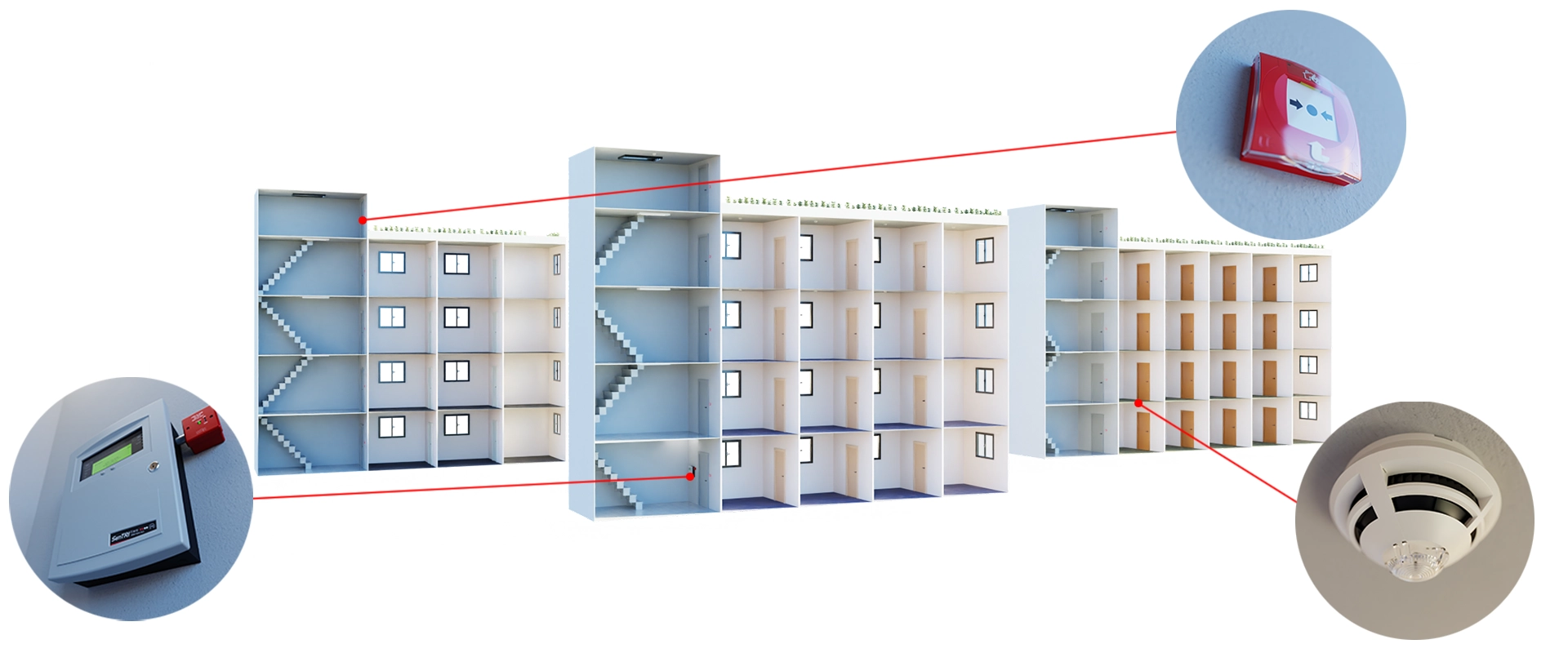
Risks
Like most residential properties, apartment complexes come with a variety of fire risks, some of which include:
- Kitchen Fires
- Cooking equipment left unattended is a leading cause of residential fires, especially in densely populated buildings.
- Electrical Faults
- Overloaded sockets, faulty appliances or ageing wiring can easily ignite fires behind walls or ceilings.
- Smoking Materials
- Improper disposal of cigarettes in flats or communal areas like balconies poses a serious ignition risk.
- Arson or Vandalism
- Bin stores, stairwells and unsecured areas can be vulnerable to deliberate fire setting.
- Blocked Escape Routes
- Cluttered corridors or propped-open fire doors compromise evacuation and can accelerate fire spread.
Challenges
Designing and implementing a fire detection system in an apartment complex comes with unique challenges due to the mix of private and communal areas, varied occupancy patterns and the need for system-wide coordination. Some of these challenges include:
- Balancing Sensitivity and False Alarms
- Systems must detect real fires quickly without triggering frequent false alarms that lead to resident complacency or unnecessary evacuations.
- Complex Evacuation Strategies
- ‘Stay put’ or phased evacuation policies require intelligent zoning and clear cause-and-effect programming to alert only affected areas.
- Maintaining Tenant Access and Privacy
- Access to private flats for maintenance or inspection must be managed carefully, respecting residents’ privacy while ensuring compliance.
- System Integration
- Fire detection systems often need to integrate with lifts, access control, sprinklers and emergency lighting – requiring careful planning and testing.
- Regulatory Compliance
- Navigating evolving standards like BS 5839-1 and ensuring all components are compliant across multiple zones and building types is complex but essential.
Managed Protocol Addressable Fire Detection
Managed protocol addressable fire detection refers to a system where each device (e.g. detector, call point, sounder) has a unique address and communicates with the control panel using a proprietary, manufacturer-controlled protocol. This ensures faster, more reliable communication, greater control over device behaviour, and enhanced system integrity which is ideal for complex or high-risk environments like apartment complexes.
SMS SenTRI
The SMS SenTRI system is a high-performance, addressable fire detection solution designed for complex and demanding environments. Using a managed protocol, it offers fast, reliable communication between the control panel and devices. Fully compliant with EN 54 standards, SenTRI provides scalable protection for buildings of all sizes, making it ideal for apartment complexes where speed, accuracy and control are critical to life safety.

Approvals



The SMS SenTRI system is fully approved to EN 54 standards and LPCB certified, ensuring it meets rigorous safety, reliability and performance requirements for fire detection systems used in residential and commercial buildings.
Design Considerations
Control Panel and Repeater Panel Placement
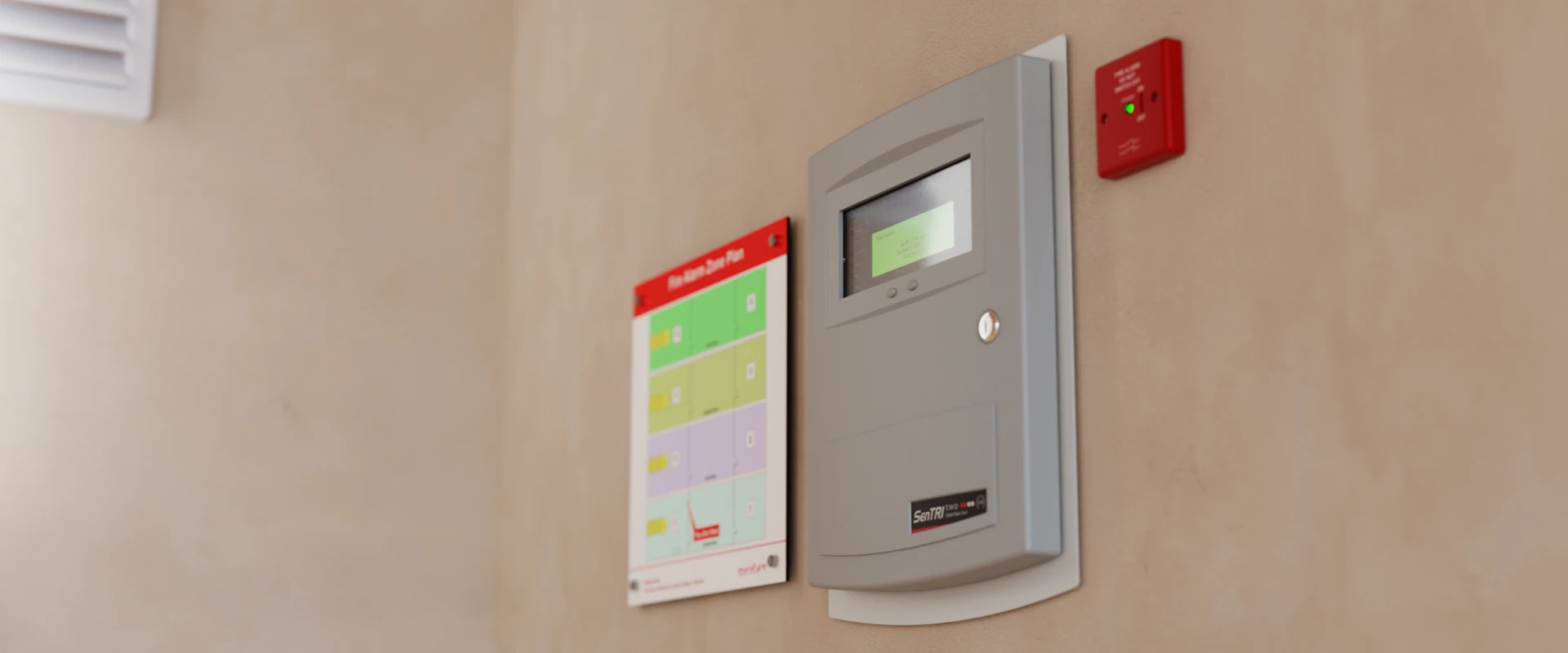
For optimal performance in an apartment complex, the SenTRI 2 control panel should be installed in a secure, easily accessible location, typically near the main entrance or concierge area. This ensures fire services and building staff can quickly access system controls and information during an emergency. The panel should also be positioned centrally relative to loop cabling to minimise cable runs and support efficient device communication across the building.
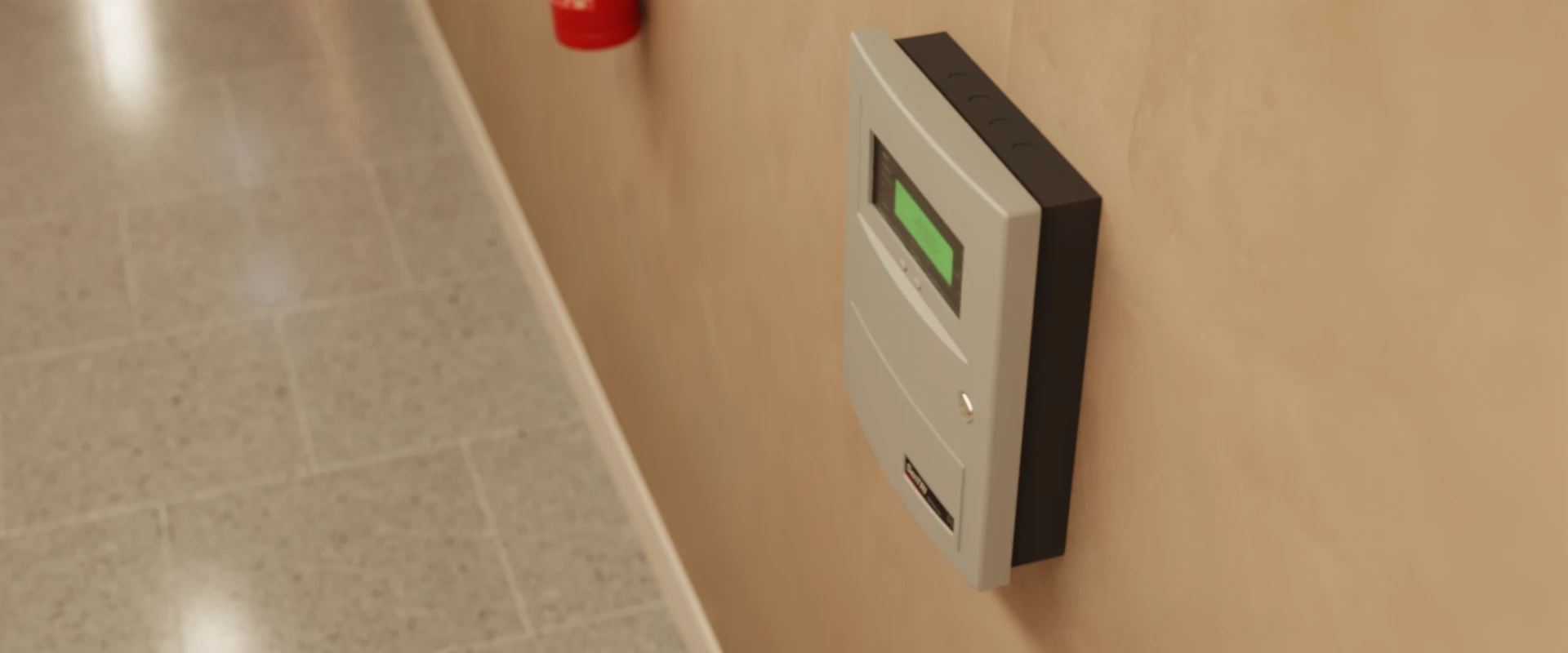
Repeater panels can be added to the SenTRI system to provide remote access to fire alarm information throughout the building. Typically installed in secondary entrances, lobbies or management offices, they mirror key functions of the main panel, such as alarm status, zone indicators and system faults, allowing quick response and improved situational awareness across large or multi-block apartment complexes.
Input/Output Module Placement
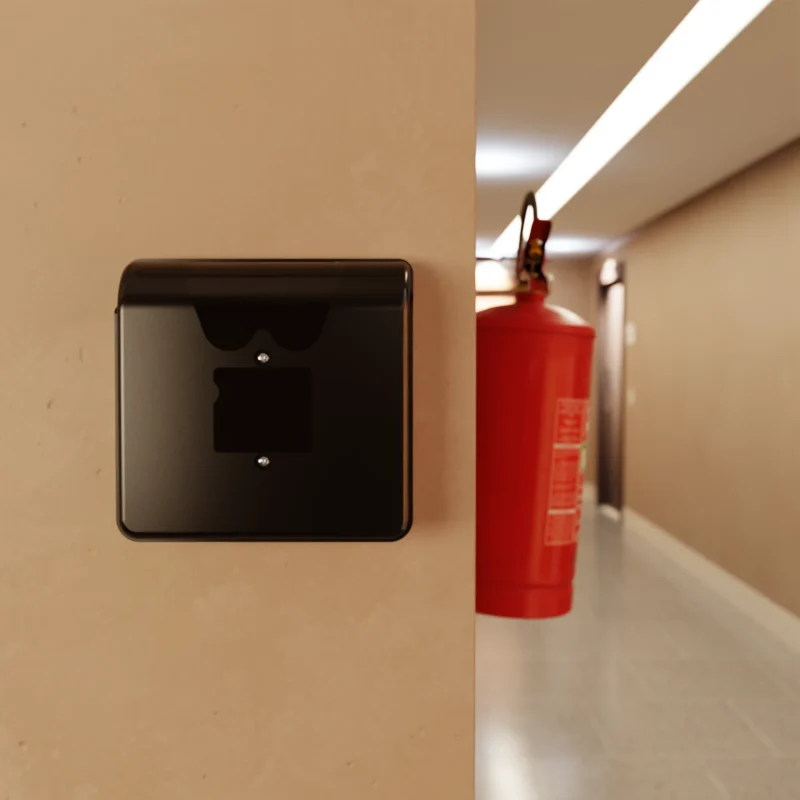
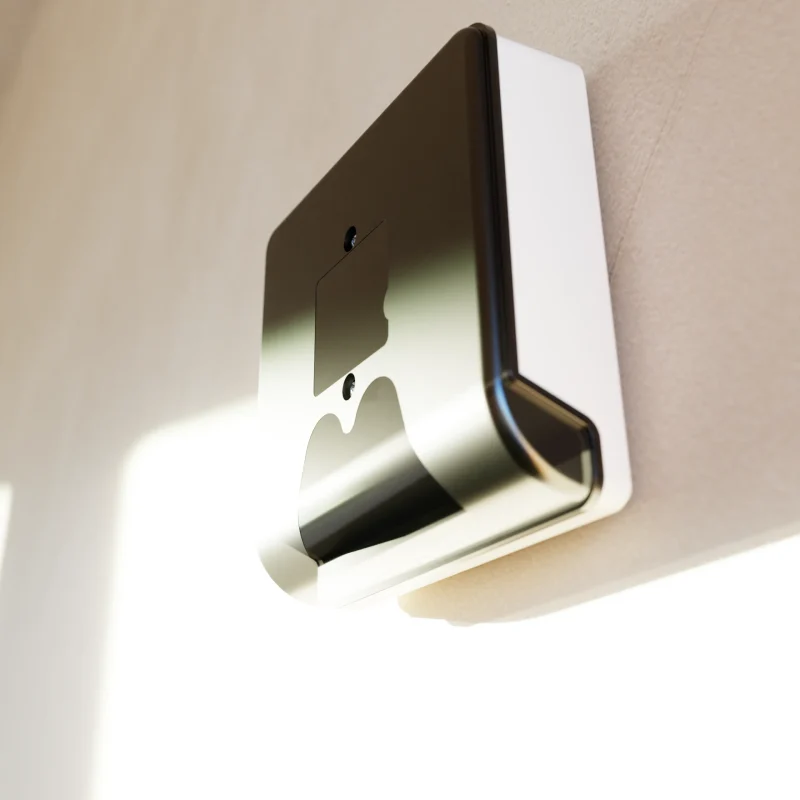
Output modules can be added to the SenTRI system to control external devices such as door releases, smoke vents, sprinkler systems and lift controls. These modules activate specific actions based on programmed cause-and-effect logic, ensuring a coordinated response during a fire event. They enhance system flexibility and integration with building safety infrastructure.
Sensor Placement
For optimal protection in apartment complexes, SenTRI sensors should be placed in communal areas such as corridors, stairwells, plant rooms and bin stores, ensuring coverage where fires are most likely to start.
In high-risk or noise-prone areas, sensors with integrated sounders and Visual Alarm Devices (VADs) provide both audible and visual alerts, improving evacuation efficiency for all occupants, including those with hearing impairments.
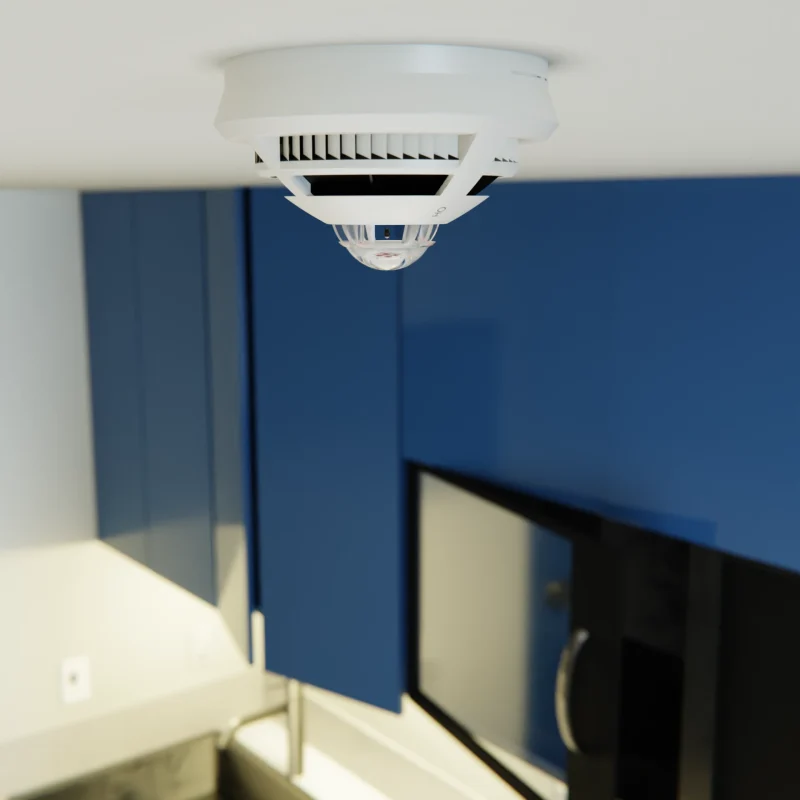
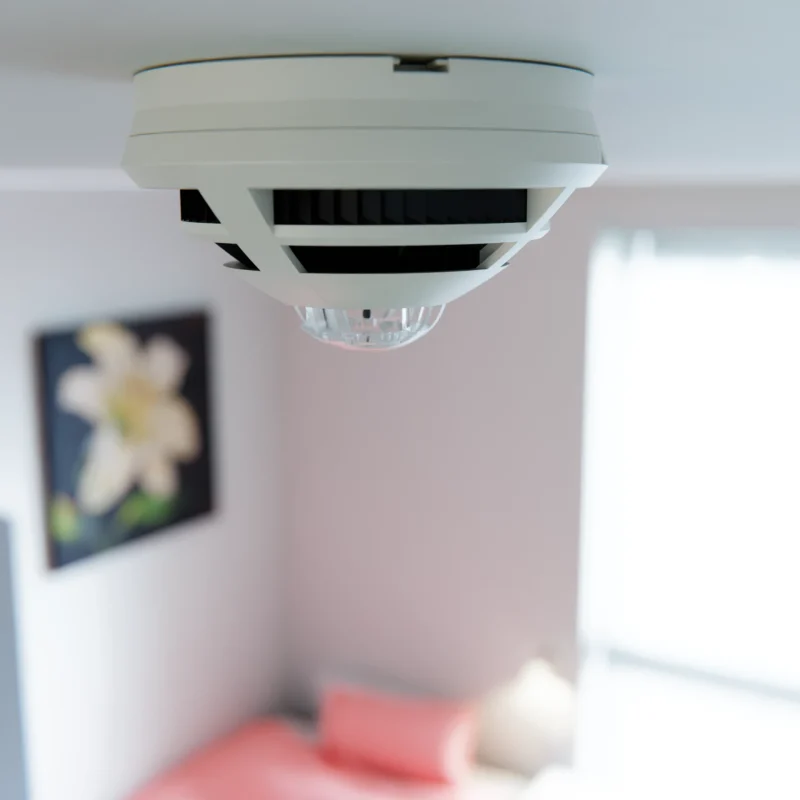
Sounder Placement
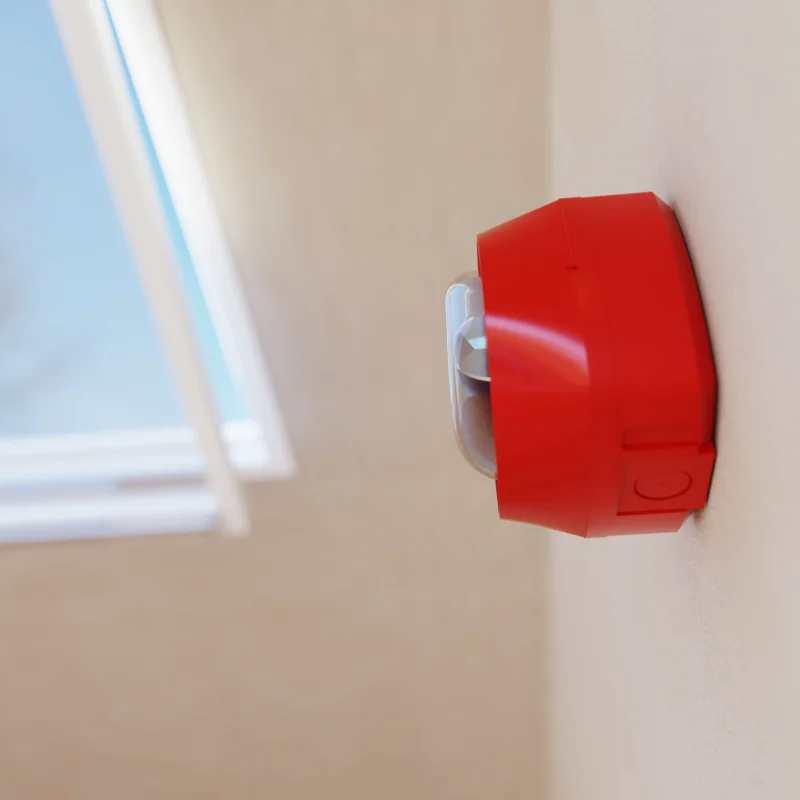
Sounder VADs should be placed in corridors, stairwells, entrance lobbies and inside flats where required, ensuring alarms are both seen and heard, especially in areas with high ambient noise.
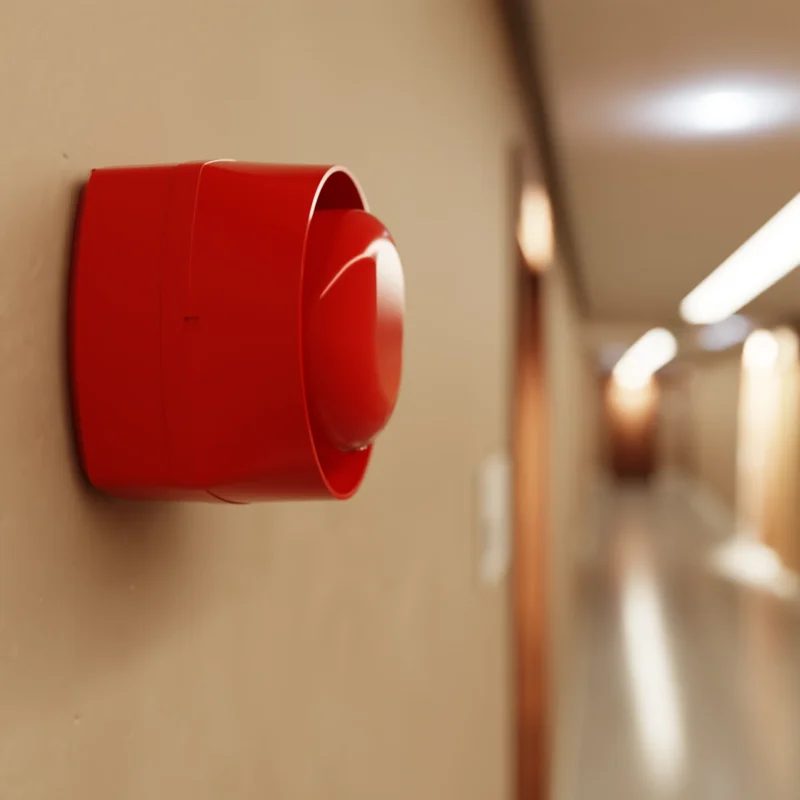
Sounders should be installed in communal areas like corridors, stairwells and entrance halls to ensure alarm audibility throughout escape routes. Additional sounders may be required inside flats, depending on risk assessment.
Manual Call Point Placement

Manual call points (MCPs) should be placed at exits from flats into communal corridors, at all final exits from the building and along escape routes, typically within 1.4 m height and no more than 45 m apart. This ensures occupants can easily raise the alarm while evacuating.
Why Choose Eurofyre?
- Honeywell Fire Platinum Partner
- Eurofyre is a Honeywell Fire Platinum Partner. This means we can offer regional or industry-specific solution expertise that includes implementation and advanced customer support for models for Honeywell products along with the most competitive pricing.
- Complete System Supplier
- Eurofyre supplies all aspects of fire detection and its associated safety products, including SMS SenTRI Addressable Fire Detection, and can provide expert advice and consultation.
- Demonstration and Training
- We offer demonstrations and expert training on a range of systems, including SMS SenTRI Addressable Fire Detection, in our very own sophisticated training facility.
- After-Sales Support
- Eurofyre offers both on-site and telephone support to assist you in ensuring that your system is fully functional and operating at maximum efficiency. Our after-sales care and support are second to none.
For more information about SMS SenTRI Addressable Fire Detection, or to discuss any of the other products that Eurofyre have to offer, please feel free to get in touch either by phone on +44 (0) 1329 835 024, by email to sales@eurofyre.co.uk or via the online enquiry form situated on our contact page.Don’t forget you can follow us on LinkedIn, X and Facebook or sign up to our newsletter (in the footer below) to receive all the latest information from Eurofyre.